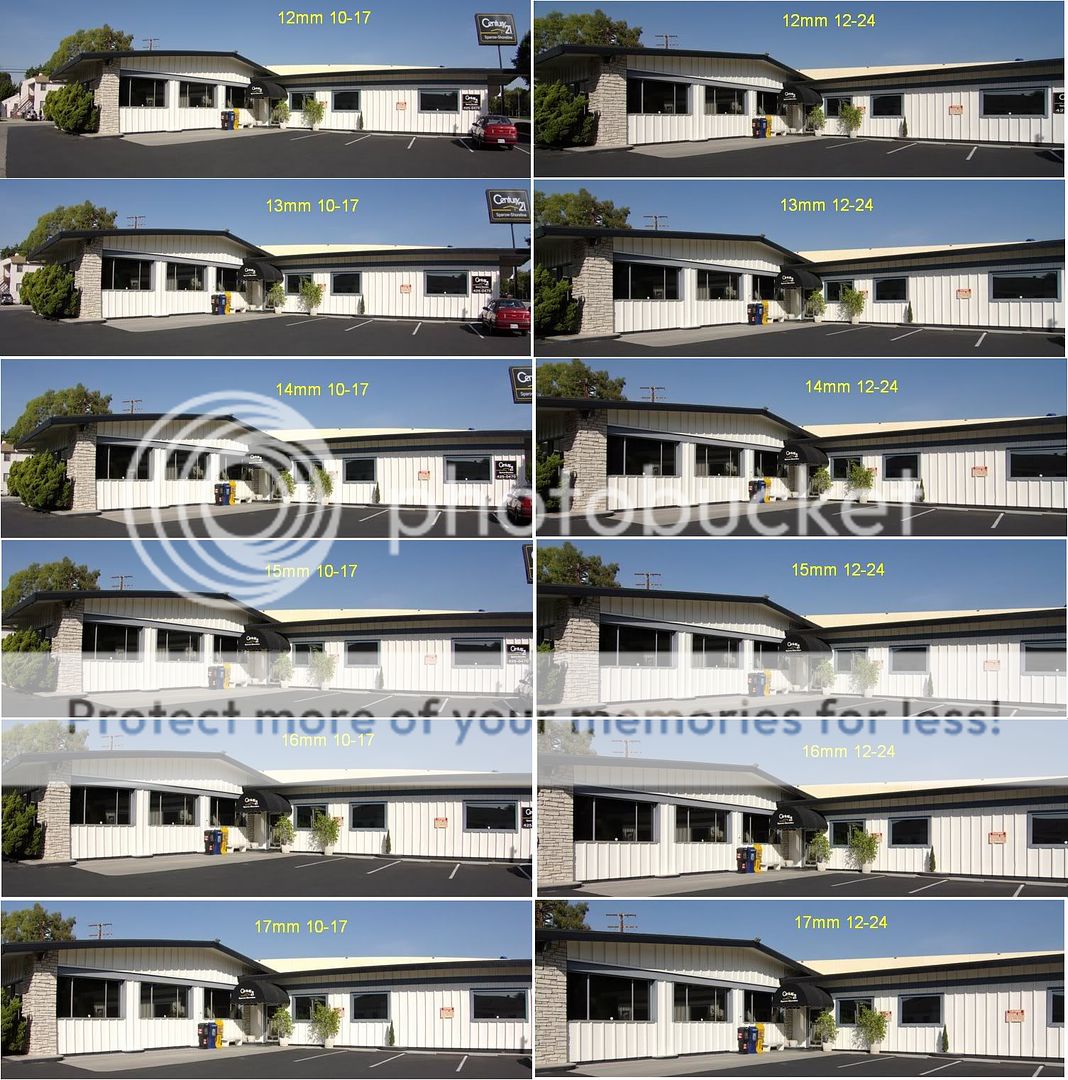 Originally posted by Nick Siebers
Originally posted by Nick Siebers 
RioRico, using a .15X adapter on a 50mm lens on an APS-c sensor yields a circle with the top and bottom cut off. That should be about 7.5mm, which would square with your calculations. On the DA 40 (6mm equivalent) it is a full circle.
Adapters are interesting and interact with different lenses in different ways. I have the 'Kenko' Fish-Eye 180 Degree adapter, a great hulking 250g beast. Using a Tak-A 28-80 zoom on my K20D, I got full-circle at around 43mm. With the DA18-55, I get full-circle at 35mm. I haven't tried it on my F35-70 yet.
That TA28-80 was a mediocre lens (I sold it off) as is my A35-80 (which I will sell soon enough) but those are useful test-beds for the 180 adapter, going from small full-circle at the wide end, to frame-filling at around 60mm and beyond. Hmm, I have a good RMC Tokina 35-135 stashed away that I can try the adapter on. Zooming that amount should display a nice range of fishy projections. Hmmm...
Yo Nick: Which .15x adapter, and what did it cost, and how do you like it?
 Originally posted by troyz
Originally posted by troyz 
. . . actually the term "full frame fisheye" is older and more common than "diagonal fisheye", although potentially confusing now that "full frame" commonly refers to sensor size.
That's why I prefer the term "frame-filling". The full acronym would be FF-FE or FFF (frame-filling fisheye) which is hopefully distinguishable from FF (full-frame). So we have FF, and FF-FE or FFF, and FC-FE or FCF (full-circle fisheye). [A related acronym is an obscene reference to my former corporate employer, but I'll skip that now.]


 Similar Threads
Similar Threads 














 Post #16 by cyclone3d
Post #16 by cyclone3d








